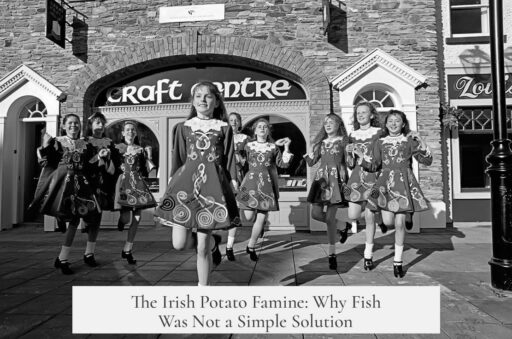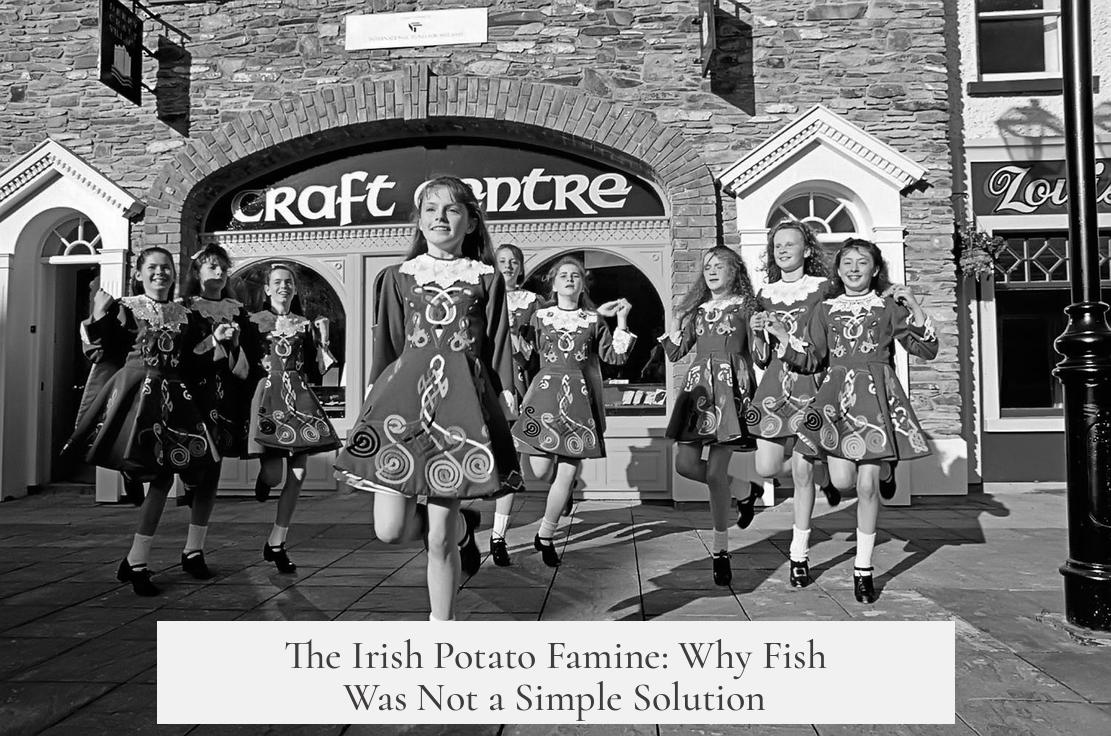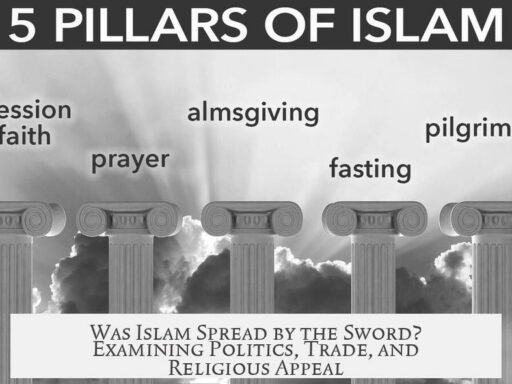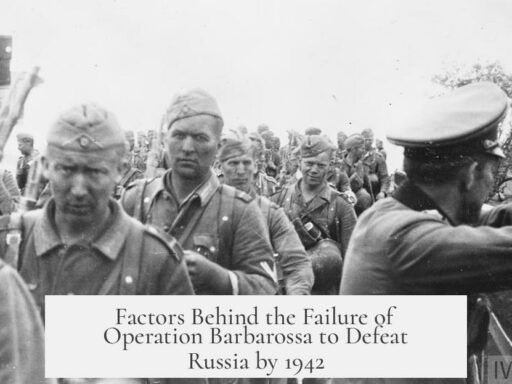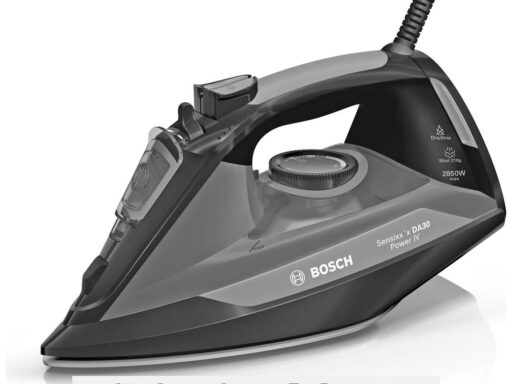The Irish Potato Famine did not lead to widespread fish consumption due to multiple interlinked limitations in fishing capacity, socio-economic conditions, infrastructure, political context, and dietary habits. Despite abundant fish stocks off Ireland’s coast, several factors made fish an unrealistic survival option for most during the famine.
The existing fishing industry was small-scale and underdeveloped. Traditional Irish fishing boats were typically small, shallow, and fragile, made with wood frames covered by hide or cloth. This design limited their range to nearshore waters, unsuitable for ocean fishing. Ireland’s rocky coasts and steep cliffs further reduced suitable fishing harbors, while scarce timber resources prevented the construction of larger, seaworthy vessels. As a result, the fishing fleet could not expand quickly to meet population needs during the famine.
Socio-economic realities played a major role. Most Irish peasants lived in poverty and did not own land or boats. Without financial resources or fishing gear, they could not shift to catching fish easily. Many lacked fishing knowledge and skills. The rural poor focused on subsistence farming and had limited capacity to change livelihoods. Even along the coast, starving people relied more on collecting seaweed or shellfish than on commercial fishing. The landlord system also hindered economic mobility, as landowners controlled most agricultural output, and peasants had little surplus or capital.
Infrastructure deficits compounded the problem. Roads connecting fishing villages to famine-stricken inland areas were poor or nonexistent. While east coast roads aided agricultural exports to England, getting fish from coastal ports to starving inland populations was nearly impossible. There was also no large-scale fish preservation industry like salting or smoking to store fish long-term. Hence, even if catches increased, distributing fish to those in need remained a challenge.
Politically, food exports continued despite the famine. Wealthy English absentee landlords profited from cattle and grain markets. Irish-grown food was shipped out under heavy guard, while millions starved. Delays in government response, communication problems, and bureaucratic indifference worsened the crisis. The famine highlighted a system prioritizing export income over local survival.
A critical background factor was over-reliance on potatoes. The Irish population, about 8 million by the famine’s start, had grown significantly because potatoes allowed a dense and efficient staple crop. Many families could live on small plots, growing oats or rearing sheep on remaining land. However, when potato blight struck, the population lacked diverse food sources. Fish could have provided variety, but socio-economic and practical barriers prevented a large-scale dietary shift.
In short, fish consumption during the famine remained low due to:
- Small, inadequate fishing technology and boat design.
- Limited coastal infrastructure and scarce fishing ports.
- Poverty restricting access to fishing means and knowledge.
- Poor transportation and preservation limiting distribution.
- Continued export of food crops controlled by landlords.
- Social and educational barriers to rapid lifestyle change.
These conditions combined to trap millions in a cycle of starvation despite a seemingly abundant natural resource nearby. The famine underscored systemic issues rather than simple food scarcity.
| Factor | Impact on Fish Consumption During Famine |
|---|---|
| Fishing Industry | Small scale, fragile boats unable to fish offshore effectively. |
| Socio-Economic | Poverty and lack of fishing gear prevented transition from farming. |
| Infrastructure | Poor roads and no preservation hindered distribution to starving inland. |
| Political | Food exports continued, with minimal relief for starving peasants. |
| Dietary Dependence | Heavy reliance on potatoes left population vulnerable to blight. |
Key takeaways:
- The fishing industry was too small and fragile to feed the starving population.
- Most Irish lacked boats, gear, knowledge, or money to fish effectively.
- Infrastructure and preservation techniques were insufficient for fish distribution.
- Political and economic systems favored food exports over local aid.
- Overdependence on potatoes made the famine’s impact catastrophic.
The Irish Potato Famine – Why Didn’t They Just Eat Fish?!
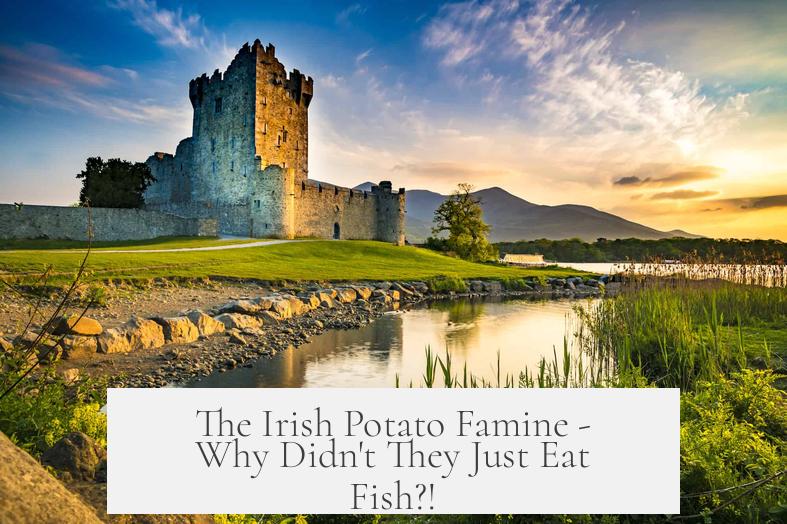
At first glance, it seems like a no-brainer: Ireland’s surrounded by water, so why didn’t the starving population just eat more fish during the Potato Famine? It’s a question many have asked. But when you dig deeper, the answer reveals a mix of harsh realities: limited fishing capabilities, poverty, politics, and social constraints all played stubborn roles.
Fishing Wasn’t the Easy Option It Looks Like
The coastline of Ireland might call out, “Fish for dinner!” but the local fishing industry was quite small and limited.
- Small-scale fishing boats: The boats often looked more like makeshift rafts than sea-faring vessels. They’re small, shallow, and covered with hide or cloth stretched over wooden frames. Surely not the kind you’d trust with a heavy Atlantic wave.
- Limited timber stock: The island’s scarce supply of wood meant no one could build bigger, sturdier boats to venture far into fish-rich waters.
- Geography wasn’t friendly: Rocky coasts and high cliffs limited the number of useful fishing ports. Not only did this make fishing tricky, but also hampered the development of any large villages or towns centered on fishing.
- Ocean hazards: The shallow boats were simply not seaworthy enough to face rough ocean waters on a reliable basis.
So, fisherman capacity wasn’t high, and catching enough fish to feed millions was a practical nightmare.
But Couldn’t the Irish Just Buy Fish Instead?
Imagine facing starvation, worn down by poverty, and trying to buy fish. Sounds logical, right? But reality bites.
- Starving peasants had no money: Most of the Irish were poor and didn’t own the very land they farmed. They survived hand-to-mouth and had no cash for fish or fishing gear.
- Fishing knowledge and tools were scarce: Not everyone knows how to fish, sail, or navigate at sea. Many coastal poor were more familiar with collecting seaweed or shellfish than becoming fishermen.
- The role of landowners: The English absentee landlords controlled large agricultural holdings, taking the lion’s share of food and profits. So peasants barely had access to crops, let alone cash to spend on fish.
- Trapped in occupation: The Irish had limited job options. Most energy went into keeping landlords appeased, with little time or chance to change roles.
In short, it wasn’t just about the availability of fish. The social and economic systems were stacked against starving Irish peasants leveraging fishing as an alternative.
A Fish Industry Without Infrastructure Is Like a Chef Without a Kitchen
Fish might have been abundant off the coast, but getting it from sea to stomach? That story was lacking.
- Poor road networks: The inland roads linking fishing villages to famine-stricken areas were poor or non-existent. Transporting fresh or preserved fish quickly was a practical struggle.
- No preservation industry: Unlike grain and livestock, fishing lacked large-scale salting or smoking businesses to keep fish edible during slow distribution.
- Limited fishing boats and crews: A handful of fishermen couldn’t supply millions facing starvation.
So, the fish was there, but the means to catch, process, and distribute it effectively weren’t.
Politics and Economics: A Bitter Pill
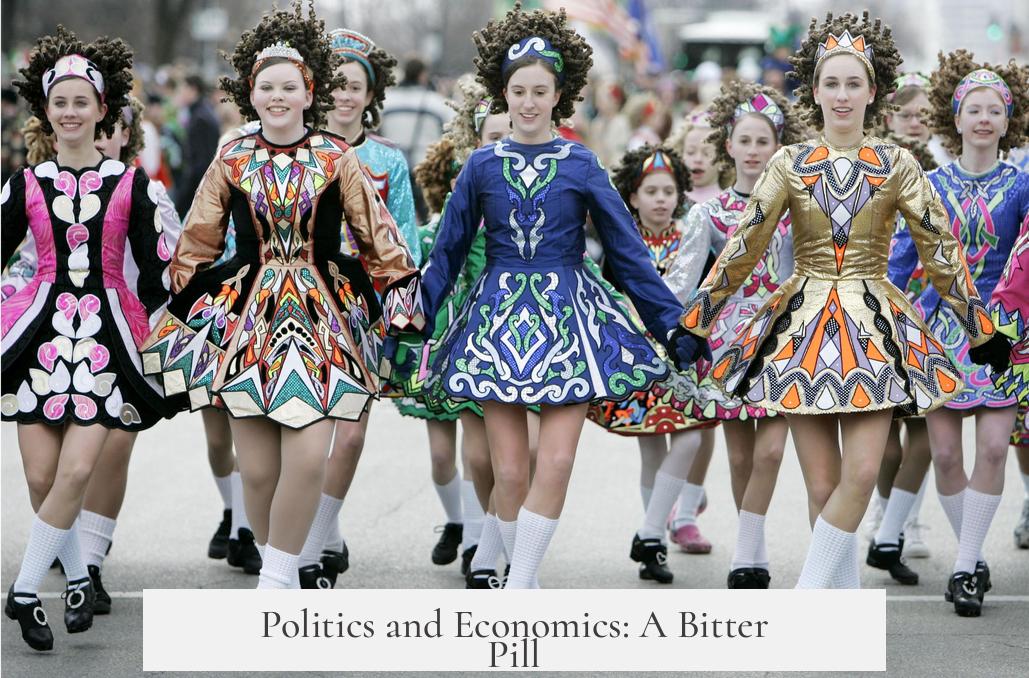
This might be the darkest twist in the whole fish tale.
- A surplus of food, paradoxically: While people starved, Ireland itself was exporting vast amounts of food—cattle, grains, and yes, even potatoes. English landlords owned this land and its produce.
- Food exports ran unabated: Starving Irish watched food from their soil shipped off, often under armed guard, to England and beyond.
- Slow government response: Communications and politics of the time delayed meaningful aid. By the time someone with power acted, many had already suffered terribly.
This exposes a grim reality where food availability and boatloads of fish were irrelevant amid systemic control and exploitation.
Why Was Ireland So Dependent on Potatoes?
The potato wasn’t just a food; it was a lifeline.
- Low land use: Potatoes could be grown on tiny plots, allowing peasants to survive even under tight landlord restrictions.
- Population boom: The potato’s productivity supported a fast-growing population—about 8 million when the famine struck.
- Risking it all on one crop: This dependence made Ireland vulnerable. When a blight hit—the “gift” from abroad that infected potato crops—the consequences were catastrophic.
Imagine relying on a single main food source that’s suddenly wiped out without alternatives close at hand.
So, Could Eating Fish Have Saved Them?
The idea seems obvious, but the reality is far more complex. The fishing industry was too small and ill-equipped. Poverty stripped people of resources to change diet or occupation. Social systems kept land and food tightly controlled by landlords. Roads and infrastructure failed to support distribution. Politically, food exports continued even as people starved. And the population was heavily dependent on one vulnerable crop.
Could fish have been an answer? Not without a complete transformation in infrastructure, politics, and social structure—an impossible ask mid-crisis.
Lessons Learned: Looking Back with Nuance
This history teaches us that food crises aren’t just about what’s edible nearby. It’s about access, affordability, jobs, knowledge, infrastructure, and politics.
Next time you hear the question, “Why didn’t they just eat fish?” remember—it wasn’t laziness or ignorance. It was a tangle of inaccessible resources, harsh geography, economic exploitation, and political inertia.
What Can We Do Today?
- Support sustainable local fishing industries with proper infrastructure.
- Ensure access to diverse and affordable nutrition sources in vulnerable communities.
- Guard against over-reliance on a single staple food crop.
- Advocate for fair land and resource ownership models.
Food security isn’t simple. But history reminds us that ignoring complexity can be deadly.
Why didn’t the Irish fishing industry supply enough fish during the famine?
The fishing industry was small and limited. Boats were small, shallow, and made from poor materials. Ireland’s rocky coastlines and lack of timber restricted larger boat building and safe fishing ports.
Could poor Irish peasants afford to buy or catch fish?
Most peasants were extremely poor and did not own land. They lacked money, fishing boats, gear, and knowledge. Many lived hand-to-mouth with no resources to change their diet or occupation.
Why wasn’t fish distributed to starving communities inland?
Roads connecting fishing villages to famine-affected areas were poor. There was little infrastructure for preserving or transporting fish to those who needed it most.
Was enough food grown in Ireland during the famine? Why didn’t everyone eat it?
Food was grown but mostly owned by English landlords. Produce was exported for profit, not shared with starving Irish peasants. Political and economic systems favored landlords over local needs.
Why were potatoes so important to Irish survival before the famine?
Potatoes provided a high-yield, calorie-rich crop on small plots. Families could grow enough food to live and pay rent. Dependence on this single crop left them vulnerable to blight.
